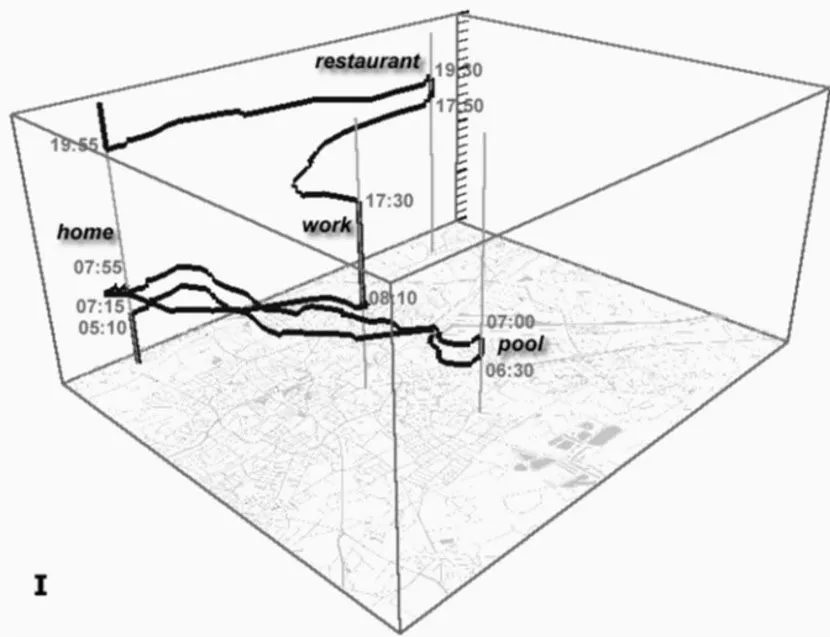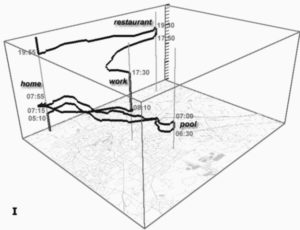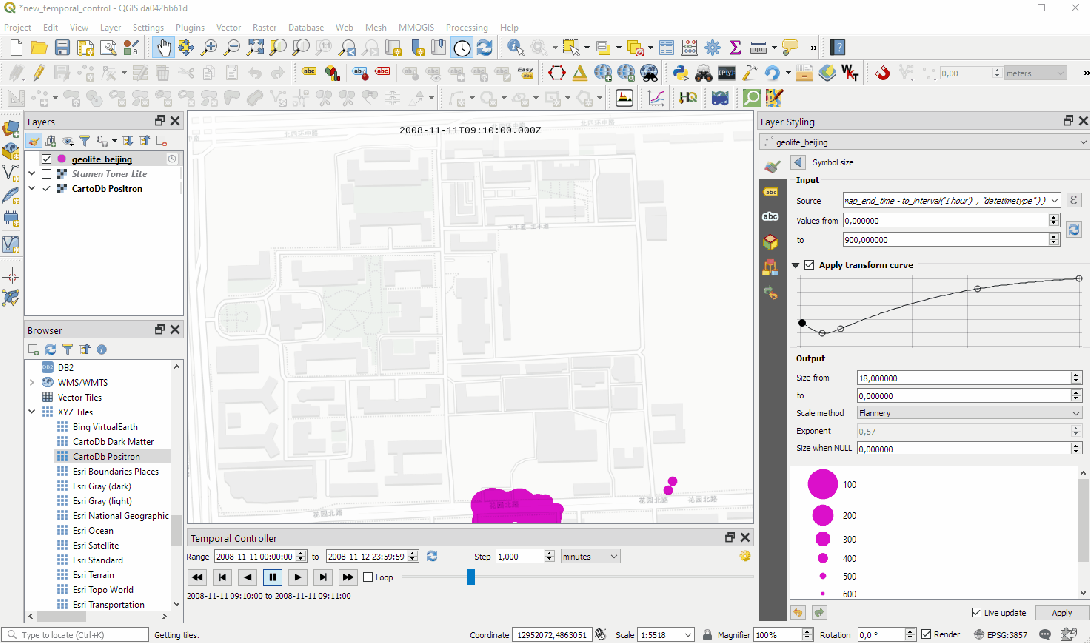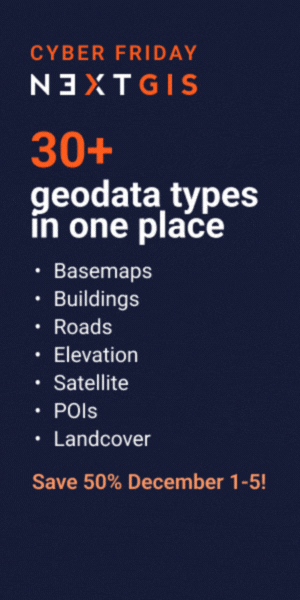
Is GIS 3D or 4D? It’s a question of time.
Everything happens not just somewhere, but also sometime—which in GIS terms could be translated to 3D and 4D. But although terms such as ‘spatiotemporal’, ‘real-time’ and ‘situational awareness’ are commonly used when thinking about modern applications of geospatial tech, the truth is that the fourth dimension has been ignored by GIS standards for a long time…
Anyone who has worked with timestamps, even in an Excel sheet, will know that there are dozens of different conventions for date and time, and it’s painful to work with them—every time you need to work with time, things get complicated!
Another issue is analyzing the time dimension in spatial data. Perhaps you might want to know what kinds of patterns can be extracted from object trajectories, for example—but how do you extract the information and knowledge you need from the data available to you? If you have ever tried to find the answer to this question, you will immediately understand that GIS is really in its infancy when it comes to temporal analytics.
When researching this topic I found a great podcast from Mapscaping which featured GIS legend Anita Graser discussing the subject. Anita is one of the pioneers in this area, having developed the acclaimed Time Manager plugin for QGIS, back in 2011, to bridge the gap in how traditional GIS handles the temporal dimension.
How is temporal information stored and modelled?
Many GIS file formats support the collection of time data—in fact all of them can work with temporal information to some extent, but some do it more natively than others. In the vector data file type, you can add timestamps as attributes, either in the metadata or simply in the layer name. With raster data files, time information is usually put into the file name. Meanwhile, NetCDF—a more sophisticated file format typically used for meteorological and ocean data—has native time information support, making it easy to automate visualizations.
One thing to note when using time data is that the use of ISO timestamp format is generally recommended, as it makes it easier to analyze and exchange data. Anita points out:
There are way too many conventions for how to store time information. Think of the American Standard, for example: Month, day, and year. This format can mess up a lot of things. I recommend sticking to the ISO standard timestamp format: Year, month, and day. This is the only reliable format to sort dates.
Another complication comes with time zones, especially for datasets spread across multiple geographic regions. Anita advises here:
It’s better to have local timestamps, even if everything is stored in UTM or UTC. It will make an enormous difference if you have to track data and need to calculate movement speeds and directions.
Experience shows that there might be a number of potential surprises you should be aware of when working with multiple time zones. For example, in a database environment like PostGIS, the server has specific time zone settings: It’s either your local time zone or set to UTC. However, in some cases, it may try to convert data from UTC to local time in the background—making you wonder why there’s suddenly a two-hour gap between the data you’re looking at and what you see in your raw database!
Analyzing and visualizing space and time
Analyzing 4D data is highly complex as it requires both temporal and spatial correlations to be taken into account. Assessing both the temporal and spatial dimensions of data adds significant complexity to the data analysis process.
 One of the analysis methods for visualization of simple 4D datasets is by using so-called space-time cubes, where the x and y planes represent the spatial aspect of the data while time is modelled onto the z-axis. With these, you can perform a simple visual exploration of those data sets with limited movement: If you only see a vertical line, it’s easy to tell that there is no change in the x and y dimensions, and therefore the object is stationary.
One of the analysis methods for visualization of simple 4D datasets is by using so-called space-time cubes, where the x and y planes represent the spatial aspect of the data while time is modelled onto the z-axis. With these, you can perform a simple visual exploration of those data sets with limited movement: If you only see a vertical line, it’s easy to tell that there is no change in the x and y dimensions, and therefore the object is stationary.
On the other hand, if you see a diagonal, you can tell that your target object is travelling, and from the degree of ‘steepness’ of that diagonal, you can intuit how fast or slow that movement is. For multiple objects, it is possible to tell if they come together at any point along the way and whether they spend an extended period of time together at that location.
This method is a simple visualization tool for exploratory analysis—it doesn’t come with automatic tests. For a simple question like the one above (did your objects really meet in the same space at the same time?), you can have a look yourself if you have something to plot in 3D. However, once you have four or more objects, it becomes difficult to see patterns because it gets very messy, very quickly. This is the challenge of exploring larger data sets or those that contain greater amounts of movement.
What does the future bring?
Although the field of temporal analytics in GIS is still in its early days, the situation is improving. In mid-2020, QGIS v.3.14 added native temporal support for vector, raster and mesh layers. Each layer now has a new ‘Temporal’ tab within ‘Layer Properties’.

Esri has been actively supporting temporal analysis as well. Moreover, Open Geospatial Consortium (OGC) recognizes this capability gap, and there are a number of standardization initiatives happening as we speak.
So: Is GIS 3D or 4D?
It seems that by its very nature GIS has been designed to work with 2D and 3D data. Initially, the time variable was not considered to be critical, as there was limited data collection, and very few use cases for four-dimensional data analysis. As the fourth dimension started to become increasingly relevant, the geospatial community came to realize that GIS design is an inherently three-dimensional framework, and working with time proved difficult due to both complexity and lack of standardization. Fortunately, some brilliant minds have been working on this problem for a few years now, and we can say with confidence that GIS will soon become truly four-dimensional.








